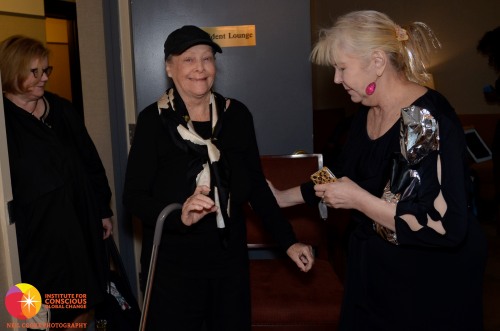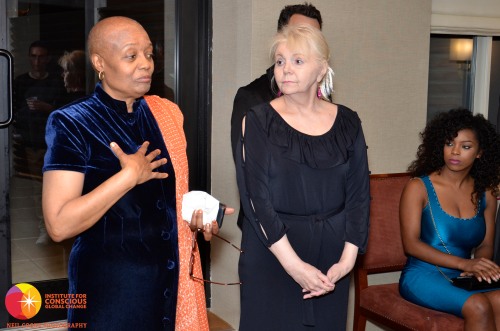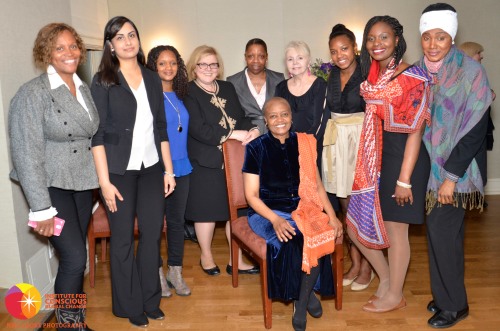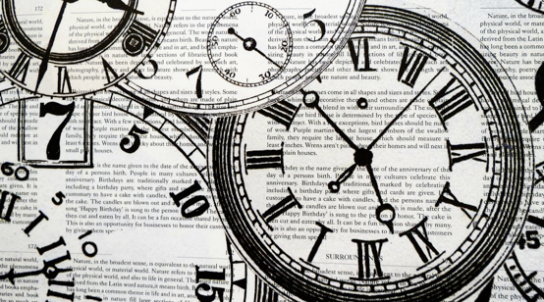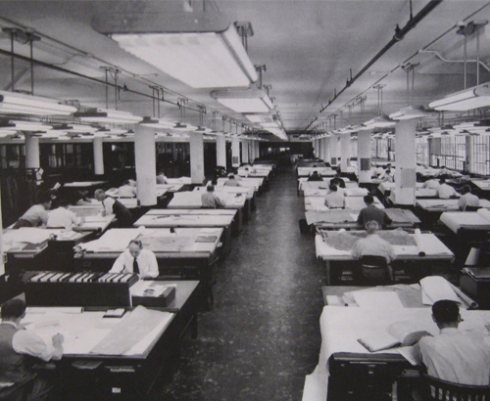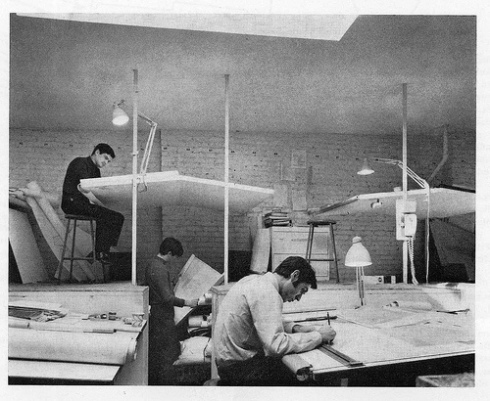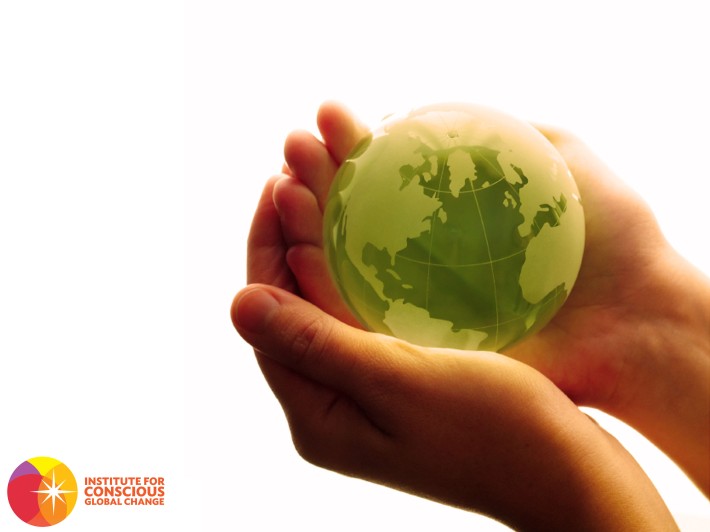
The Open Working Group’s third session held May 22nd – 24th focused primarily on the key issues of water and rural poverty. Expert panelists, UN heads and country representatives came together to discuss these aforementioned topics in depth as the UN looked to push forward the post+2015 agenda. Water was highlighted and recommended as a fourth SDG by panellists Dr. Letitia Obeng, Dr. Rabi Mohtar and UN Water Chair Dr. Zafar Adeel who also discussed water and sustainable agriculture during a heated panel discussion.
Sustainable Agriculture
Stats highlighted included that the half a billion small farms (and the up to 2.5 billion people on these farms), which currently uses 70% of available fresh water and 38% of the earth’s land. The discussion made a case for why sustainable agriculture needs to be a priority as the resources are being used up too fast. Proposed target goals, which need to be put in place included the dissemination of information, education and management to avoid such things as soil degradation. Additionally, farmers need jobs and buyers in the market overall.
The discussion continued on to market access and subsidies which are equally as important. There is an immediate need to look at how to give farmers a fair access to the market. As such, it is vital that Countries decide on their own agricultural policies.
This would undoubtedly lead to Increased productivity and income for small farmers which include a growing number of women (which also contributes to women and girls’ empowerment). Additionally, priorities need to be given to smaller farmers and family based famers as they tend to be better Stewarts of the earth.
In the example of Niger, through little outside help, increasd education and by providing increased technical understanding, the country created a 16% regeneration of their drylands. The government also changed policies to increase incentives for farmers which played an important role in the regeneration.
To achieve sustainable development, experts strongly recommended that roadmaps and aforementioned targets should be organized at the country and decided by all the stakeholders.
Dennis Garrity the UNCCD Ambassador indicated much of land regeneration’s success comes from bottom up participatory approach. The problem is many government and private interests think they know better then the actual farmers. But change only occurs when local farmers and communities see success nearby and learn, adapt and employ the new found lessons.
So based on what we’ve seen, it becomes crucial that we see food security, nutrition, agriculture, land degradation as part of one system: A Sustainable Agriculture Development goal.
Water
Water although a significant factor in agriculture is being positioned as its own critical sustainable development goal. Expert Rabi Mohtar highlighted water at the OWG citing discussions from the Cup 18 and the Rio +20 meetings.
What experts overall have found is that according to current water use patterns, “We” will need 40% more new water in next 15 years – and need 40 percent more energy. There’s also a 50 % increased need in food. And we most sub tropical areas they’re will be 15-20% less water. Undoubtedly, a dangerous head on crash is emerging. Mohtar has since recommended a global water hub or established watermark for economic social political good. This would help coordinate the tools needed to manage and plan water resources and risk management strategies. With rising populations in developing countries and increased pollution of fresh water basins, immediate action is required now.
Another reason in calling for water as an SDG is its far reaching impact and positioning across the MDGs. Because of this complex relationship water has never significantly or effectively been addressed. And this change must be lead by nations. Obeng expressed that development work surrounding water was only significantly achieved when government stepped in and forced relevant stakeholders to sit down. Governmental leadership is crucial as many countries now have routine flooding and cannot handle the increased weather changes, situations and catastrophes.
In addition to this, government and politicians at the highest level are being called upon to orchestrate solutions surrounding water because it is so multifaceted. Water is tied to such factors as Population, urbanization, climate change and policy. Possible water targets would include:
Targets
Sanitation, water supply, hygiene, water management, pollution and risk management to name a few. Water/sewage (sanitation) was listed as very important.


